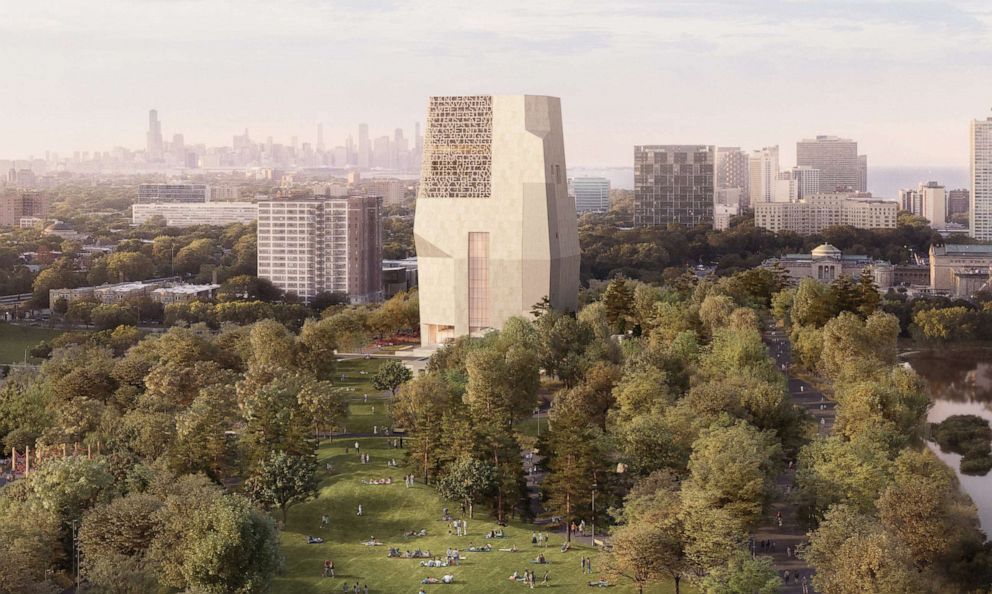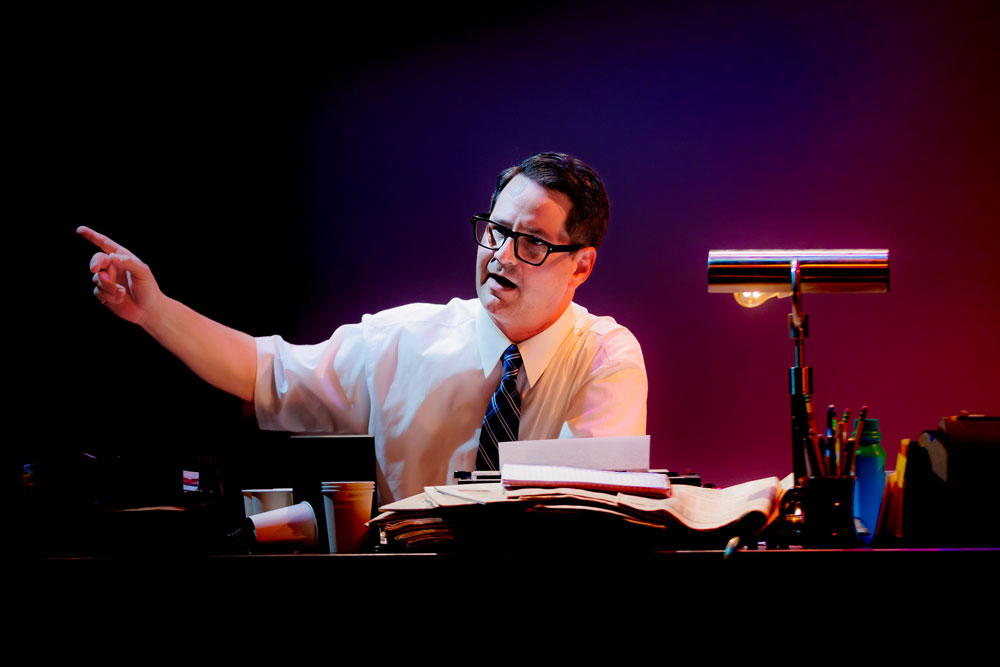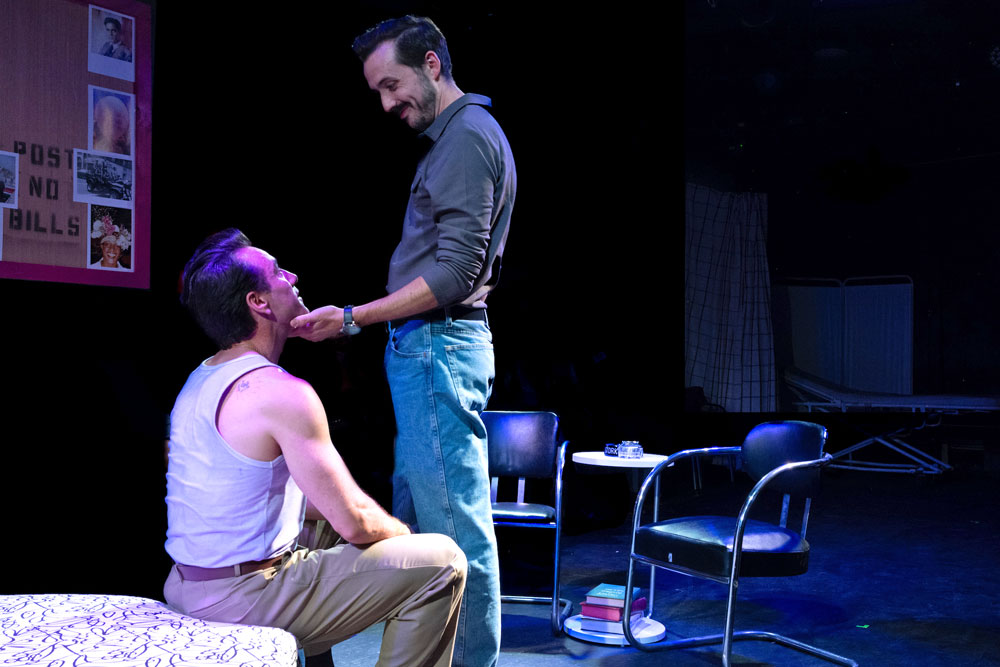
Billie Tsien considers architecture a verb; something you experience and stimulates a response. She, along with her husband, Tod Williams, won the commission to design Barack Obama’s presidential center. When it comes to presidential libraries, architecture can also tell you something about the person it’s commemorating. Personal attributes can be projected into the lines, contours and demeanor of a building. Is it quiet or bold, traditional or contemporary, daring or restrained?
President Obama, joined by his wife, Michelle, and a handful of dignitaries; including Illinois’s Governor Jay B. Pritzker and Mayor Lori Lightfoot, broke ground for the center in Chicago’s Jackson Park last Tuesday afternoon. It was a long time coming. Tsien and Williams, founding partners of their eponymously named New York architectural firm, were granted the commission for the building in 2016. Objections from those concerned about the center’s impact on the city’s green spaces and its likely displacement of economically compromised residents kept the project tied up in the courts until now. The September 28th groundbreaking, which allowed no public participation, signified the dismantlement of those hurdles and focused on what the former President wants the centerpiece of his foundation to achieve.
Once the design had been confirmed, where it would be placed became the overriding unknown. That Chicago rather than Hawaii, the President’s birthplace, was chosen surprised few. As Mr. Obama stated in remarks during the groundbreaking, “Chicago is where everything most precious to me began”. It’s where he and his wife formed their family and where he rose to political prominence.
Presidential libraries and centers are often located on or near university campuses. As a past constitutional law professor at the University of Chicago, that Mr. Obama’s center would be placed within the university’s halo follows precedent. Two sprawling parks, designed by venerated landscape architect Frederick Law Olmsted, flank the university’s cloistered campus in Hyde Park. Located on Chicago’s South Side, Hyde Park has long been perceived as an urban oasis surrounded by precarious uncertainty marked by race and class. As a community organizer following his undergraduate work at Harvard, Obama conducted much of his outreach in the Woodlawn neighborhood bordering Hyde Park’s southern border.
Jackson Park, where the library is to be built, may officially be considered a part of the Woodlawn community, but its northern regions also falls easily within the university’s orbit. The center will therefore impact both neighborhoods. Projected to create more than 5000 jobs, the $700 million-dollar center has promised to ensure many of those jobs are filled by local Woodlawn residents. In an interview discussing the library’s design, architect Williams stated they consciously sought to echo the towers and spires scattered on the university’s famously Gothic inspired campus. The subtle elegance of the center’s outline might even be considered a contemporary reinterpretation of the university’s stately Rockefeller Chapel spire.
The husband and wife architectural duo overseeing the center’s creation specialize in modern, understated design. Both attributes could be used to describe the former President himself and the synergy of styles may have influenced his and his wife’s decision to choose the Williams-Tsien team.
Less than a decade ago, another Tod Williams Billie Tsien building celebrated its grand opening on the university’s campus. The Reva and David Logan Center for the Arts, “designed as a home for the creative life of the University of Chicago campus and the city of Chicago”, began its life as a performance space and spur for creative innovation in 2012. Like many of the structures designed by the pair, some of the Logan Center’s most endearing charms are found inside the building. The same promises to be true of the Obama center.
Presidential libraries hold the artifacts and documents that mark the highlights and defining moments of an administration. Although there will be a wealth of material that meet this criteria at the Obama center, it will not incorporate the term library in its name. Like the William J. Clinton Library and Museum in Little Rock, Ark and the Jimmy Carter Presidential Library and Museum in Atlanta, the Obama Presidential Center will place an emphasis on promoting public service. It will also be unique in the way it encourages community engagement. A museum, forum and public library will occupy the space as well as recording studios and classrooms.
Visionary eloquence characterizes both the man and his legacy. Large enough to act as windows, an excerpt of a 2015 speech the former President made on the nature of American democracy will be carved into the topmost reaches of building’s north and eastern walls. The gesture lends the building a gravitas that would be quite at home on the National Mall.
The Obama Presidential Center opens in 2025.

![PrideArts [title of show] Raining Gold](https://rowgseat1.com/wp-content/uploads/2024/09/a53939222075_ceaf585bae_k.jpg)
